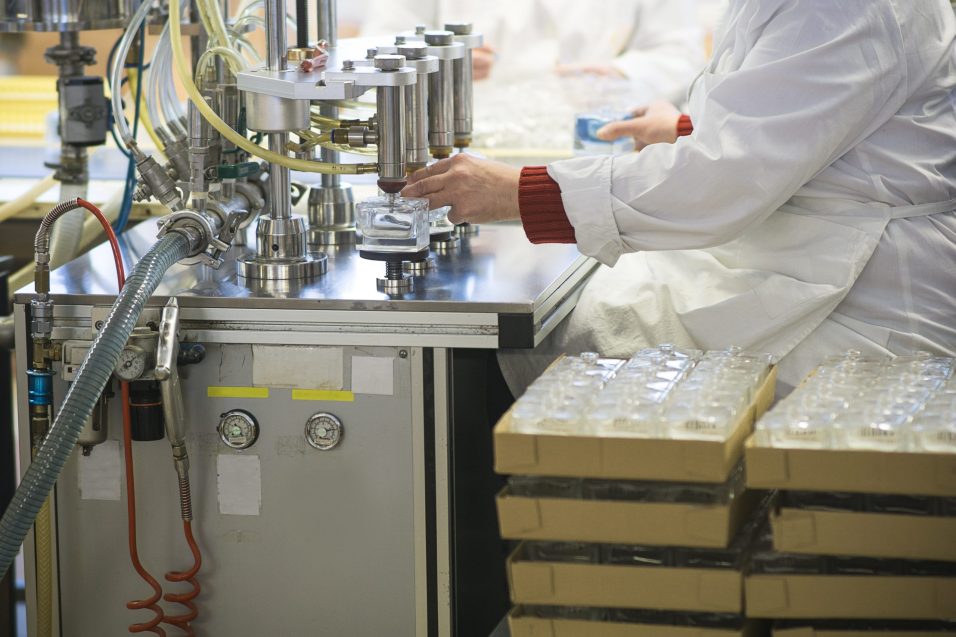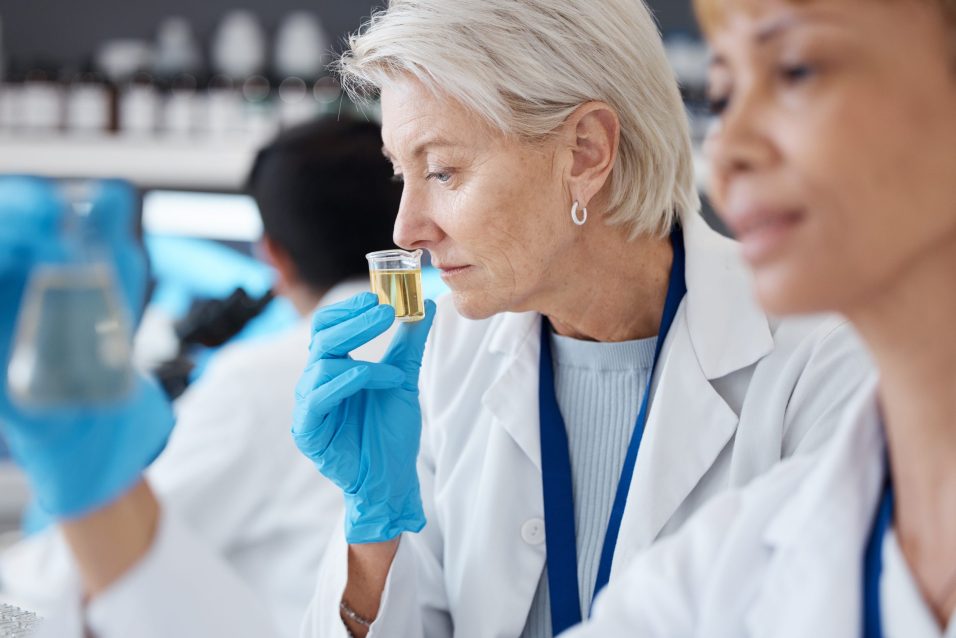Perfumery: The technical matrix June 10, 2024

Initially, perfumes were solely instruments of seduction. They were also a status symbol of the wealthy, and a unique offering to the Gods. It took over a century for perfumes to transform into everyday essentials. Today, they serve as a medium of expression, self-care, and evoke feelings. The ever-evolving landscape of the fragrance industry and changing consumer mindset, has shifted the focus towards innovation. The industry has had to adapt and welcome an unprecedented influx of technology. In 2023, Osmo developed a first-of-its-kind odour map. This could predict what molecules smelled like based on their structure. The technology is now being used along with Artificial Intelligence (AI) to create a new generation of sustainable and safer aroma molecules for the flavour and fragrance industry. Technology is also being utilised for a deeper understanding of emotional mechanisms in humans. Companies have created programs to capture and predict the consumer’s emotional response to fragrances. This will enable brands to determine the emotions generated by combinations of colours and scents. Decades of academic research in brain imagery and AI is behind this technology. AI in perfumery is unlocking the next level of innovation in the fragrance industry.
THE STORY THUS FAR
The first AI perfume was launched in 2019. The program was named Philyria and drew scents from an extensive database of over a million formulas. It processed aromas and information about their popularity among demographics and age groups. After analysing all the data, Philyria was able to predict fragrances that would succeed in particular markets. As an experiment it was asked to create a fragrance for millennials in Brazil. The scent was launched with the name ‘Eggeo ON.’ Another AI innovation sprung up in Netherlands in 2020. Based on surveys filled out by customers indicating their personality and lifestyle choices, AI crafted scents. Customers provided further feedback on the resulting products and AI fine-tuned products for future clients. The exercise not only exhibited technical superiority, it also engaged customers, providing them a memorable experience of co-creating a fragrance. AI perfumes have generated mixed responses. While, there are those who say machines cannot feel, others are of the opinion that machines can learn to evoke feelings. All AI applications learn and adapt from human-style the art of perfumery. Experts feel, just like a student learns from a master about ingredients and combinations, that a machine learns from human behaviour. Any program is not perfect at the beginning, but the more it is used, the more it learns, adapts, and improves. Although, in the art of perfume making, one process need not replace the other. The partnership between AI and perfumers displays a warm, emotional, and human approach to perfume making, as opposed to a cold and rational one. While AI can process data much faster and build the skeleton of a fragrance, the creative brains behind the final product are those of the perfumers. AI gives a perfumer freedom from mundane tasks and allows the creative process to develop for longer. This human/machine partnership is led by the perfumer who has the emotions, the feelings, and the intuition to craft a memorable scent.

THE FUTURE
While the digital world has been able to celebrate and incorporate moving images as well as words and sounds, it is yet unable to unlock the technology that can produce the same sensory experience for smell. Scent technology is at a very early stage, but is making headway via the metaverse. For a truly immersive experience, brands are looking to reimagine sensory experiences in virtual spaces. Gucci was the first to launch a virtual perfume in 2022. The resulting product was devoid of any scent. Instead it included a range of experiences, games, challenges, and a digital backpack for users. However not all digital fragrances are odourless. Another approach saw the production of a device called “scent speaker”, which was enabled with scent capsules. The device was paired with an app and, depending on the video being played, scents were emitted, delivering a visual and sensory experience for the customer. Germany produced one of the most viable solutions to digital perfumes. A lab recorded the molecular wavelengths of a perfume and used nearinfrared spectroscopy to craft a digital reflection of it. The resulting digital artwork was backed by an Non-Fungible Token (NFT) – a digital asset that represents ownership or proof of authenticity of a unique item or piece of content. Feelings have always been connected with fragrances. Scents have been used as a way of expression. With the “new normal” blurring the lines between the physical and digital world, the fragrance industry is working towards catching onto this trend. Certain brands are linking NFTs with physical purchases. Tech giants are working towards building algorithms that can predict what molecules will smell like. Others are creating new smells digitally. There are machines predicting consumer behaviour and formulating fragrance solutions for the masses. Innovation and technology have increasingly become important drivers in the perfumery sector. These creations are inspiring emotions, and promoting a sustainable, healthier planet.

https://beautymatter.com/articles/scent-technology-future-of-fragrance
 Ultra International B.V.
Ultra International B.V.